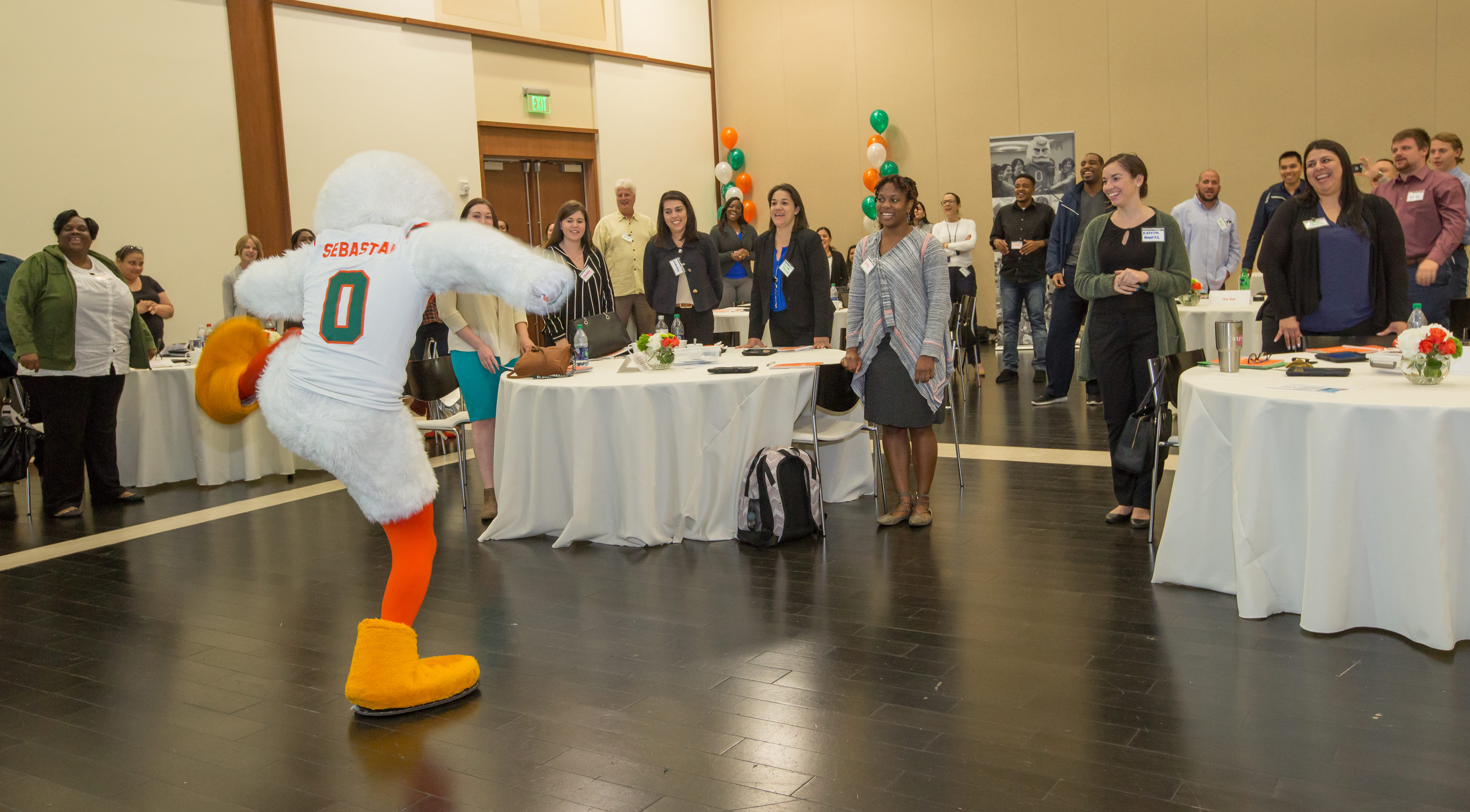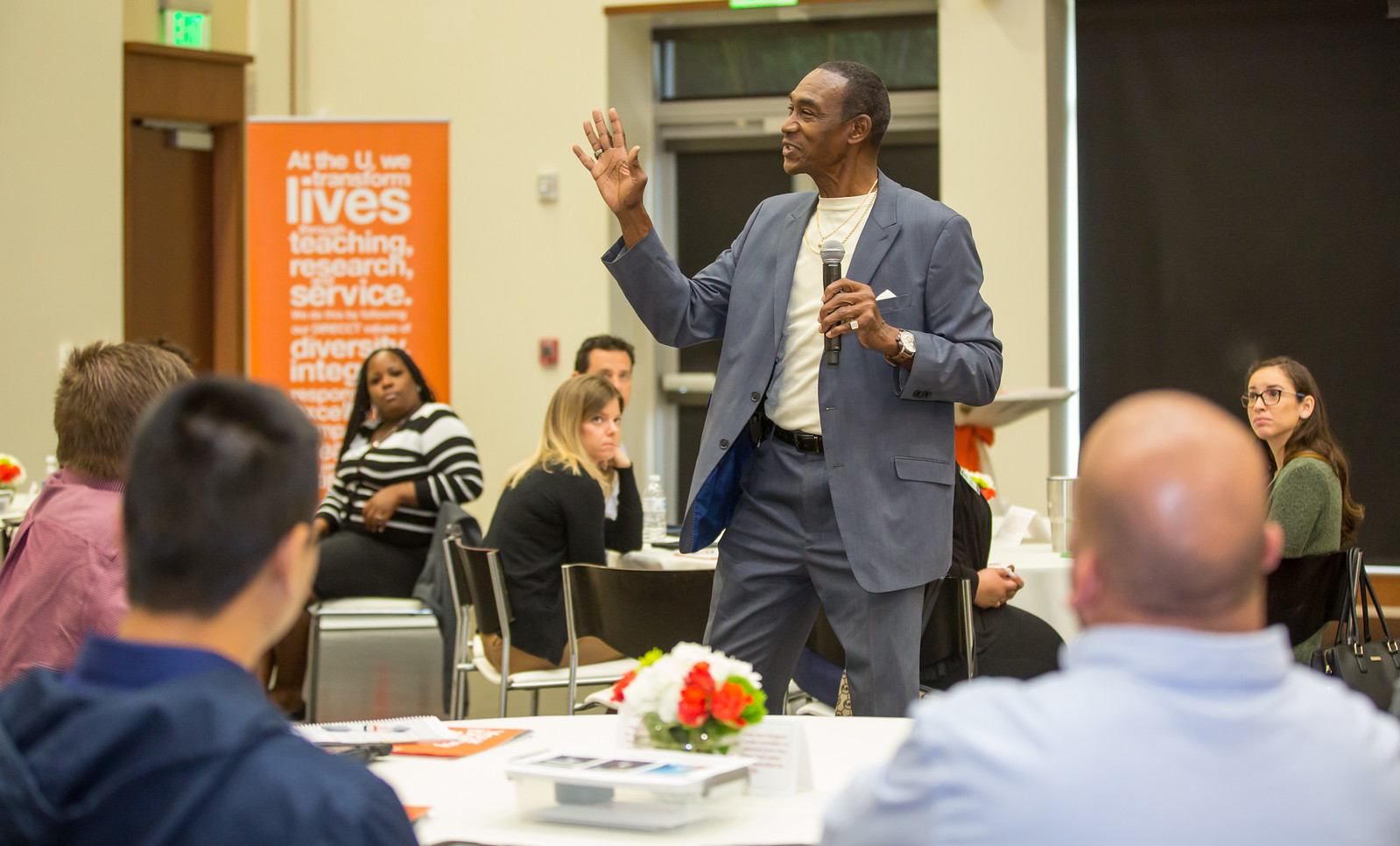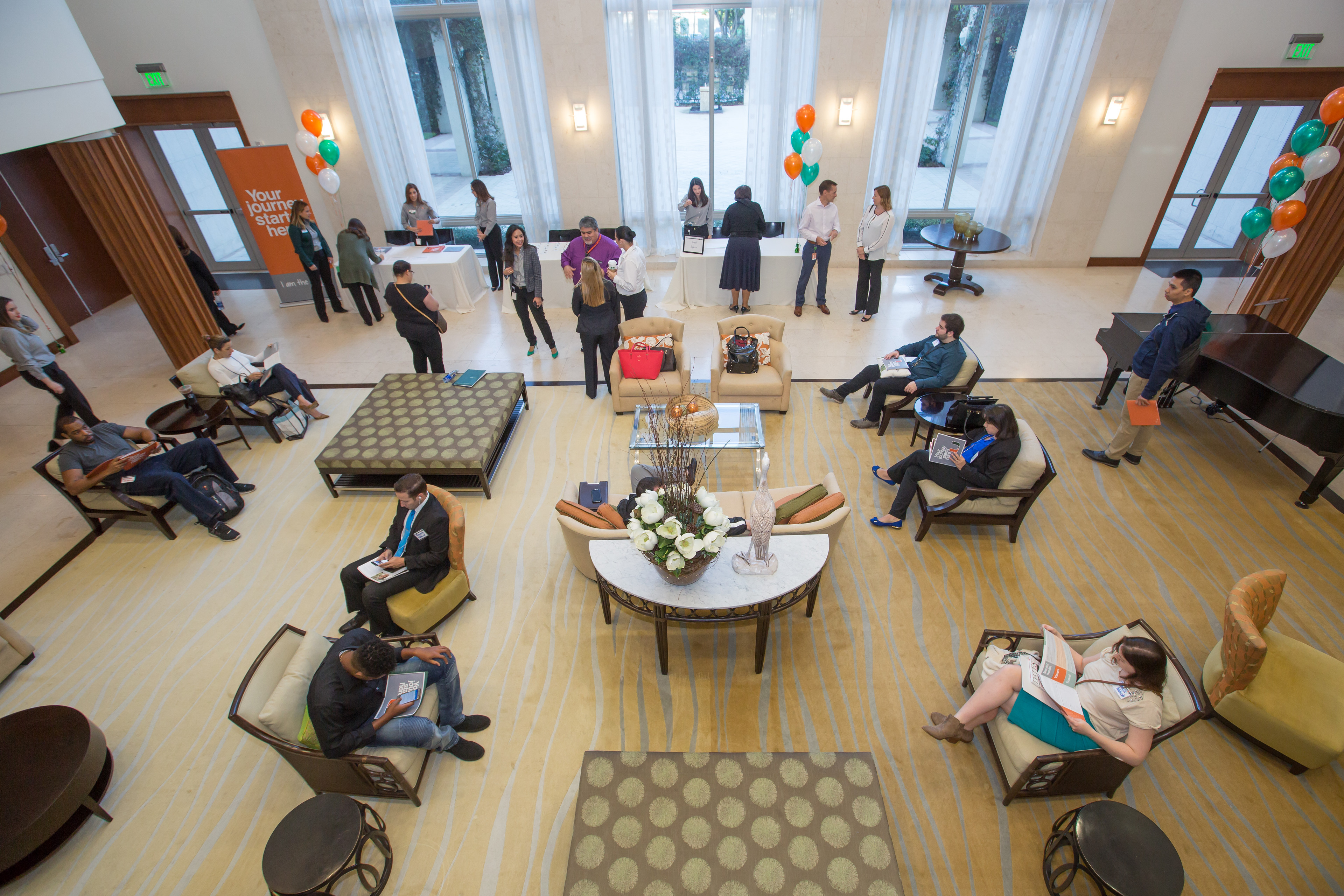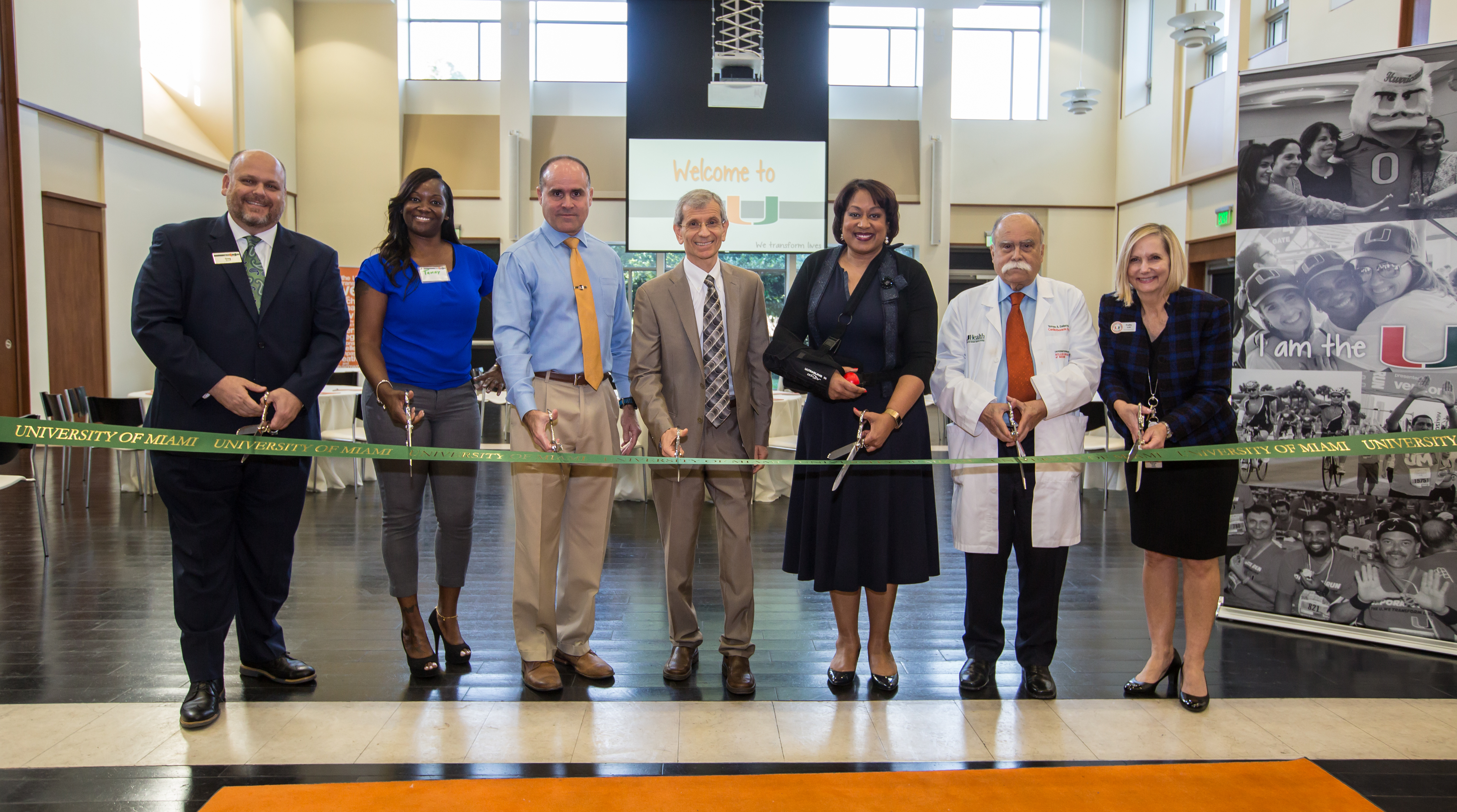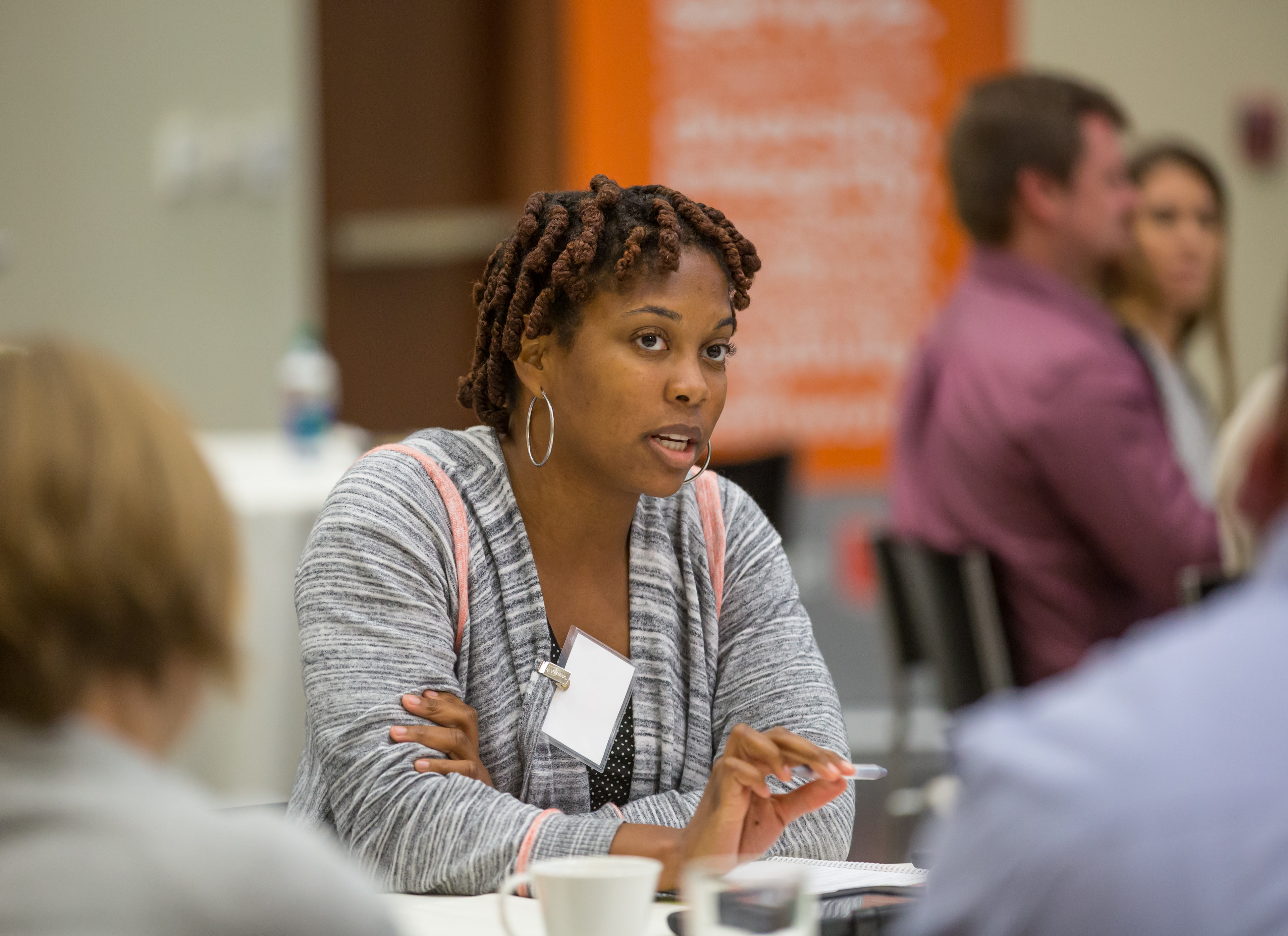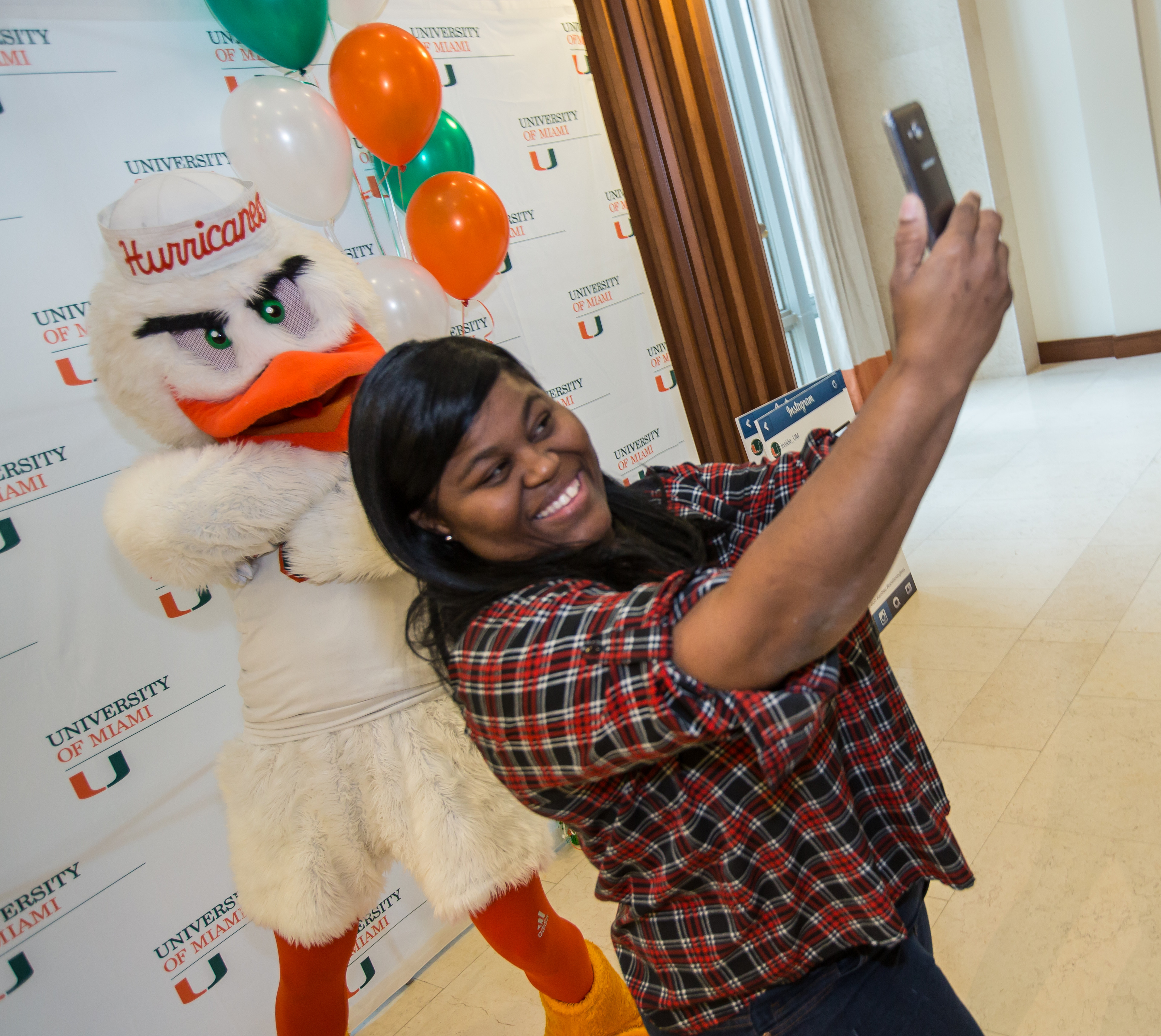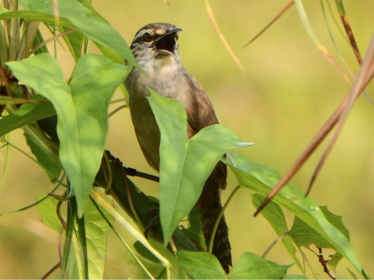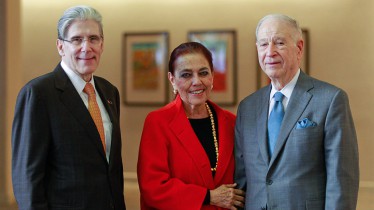 Recognizing the need to grow a global, interdisciplinary network focused on scientific discovery and solutions, the University of Miami is creating the Frost Institutes for Science and Engineering to achieve those milestones by elevating science, technology, engineering, and mathematics (STEM) to help solve some of the world’s most pressing problems.
Recognizing the need to grow a global, interdisciplinary network focused on scientific discovery and solutions, the University of Miami is creating the Frost Institutes for Science and Engineering to achieve those milestones by elevating science, technology, engineering, and mathematics (STEM) to help solve some of the world’s most pressing problems.
University of Miami President Julio Frenk unveiled the network of intertwined research organizations housed under the Frost Institutes at the 50th annual Miami Winter Symposium held at the Hyatt Regency in downtown Miami, a prestigious event that attracted more than 100 scientists, researchers and doctors from 28 countries this year.
This transformational initiative is made possible thanks to the extraordinary $100 million gift by Dr. Phillip and Patricia Frost announced during Frenk’s inauguration last year to support basic and applied sciences and engineering.
“The University of Miami is already known for excellence in biomedicine, marine sciences, and other fields,” Frenk said. “But continued excellence cannot be sustained without critical investments in basic and applied science, mathematics, and engineering. These disciplines, which form the building blocks for innovation, must be strengthened to maintain our leading edge as a research university.”
The name of the Frost Institutes was modeled after the National Institutes of Health, inspiring UM to have a strategic, coordinated investment in the sciences and engineering. The first individual institute announced, the Frost Institute of Chemistry and Molecular Science, creates an arena for the comprehensive study of the chemical sciences, including basic and applied research areas, to advance knowledge and technologies in chemistry, biochemistry, and engineering.
A portion of the $100 million gift will be used for the construction of an iconic, modern science and engineering building on the University’s Coral Gables campus, to be named the Phillip and Patricia Frost Science and Engineering Building. Of the gift, $30 million is designated to the creation of at least 13 chairs in STEM fields, with $3 million set aside for graduate student support.
“Patricia and I are committed to making Miami a hub for technological and scientific innovation, which is the main reason for our support of basic and applied sciences and engineering at the University of Miami,” Dr. Frost said. “If we build the framework from which to provide the education and resources, we will be successful in attracting world-class scientists across various disciplines.”
The creation of the Frost Institutes solidifies the University’s nine transformational initiatives to propel UM toward its greatest aspirations by its centennial in 2025, allowing for STEM growth, a stimulation of interdisciplinary research collaboration, and engagement with greater Miami as a hemispheric innovation hub.
The University will launch a national search for an individual to lead the Frost Institutes, with additional institutes to be created over the next several years.


